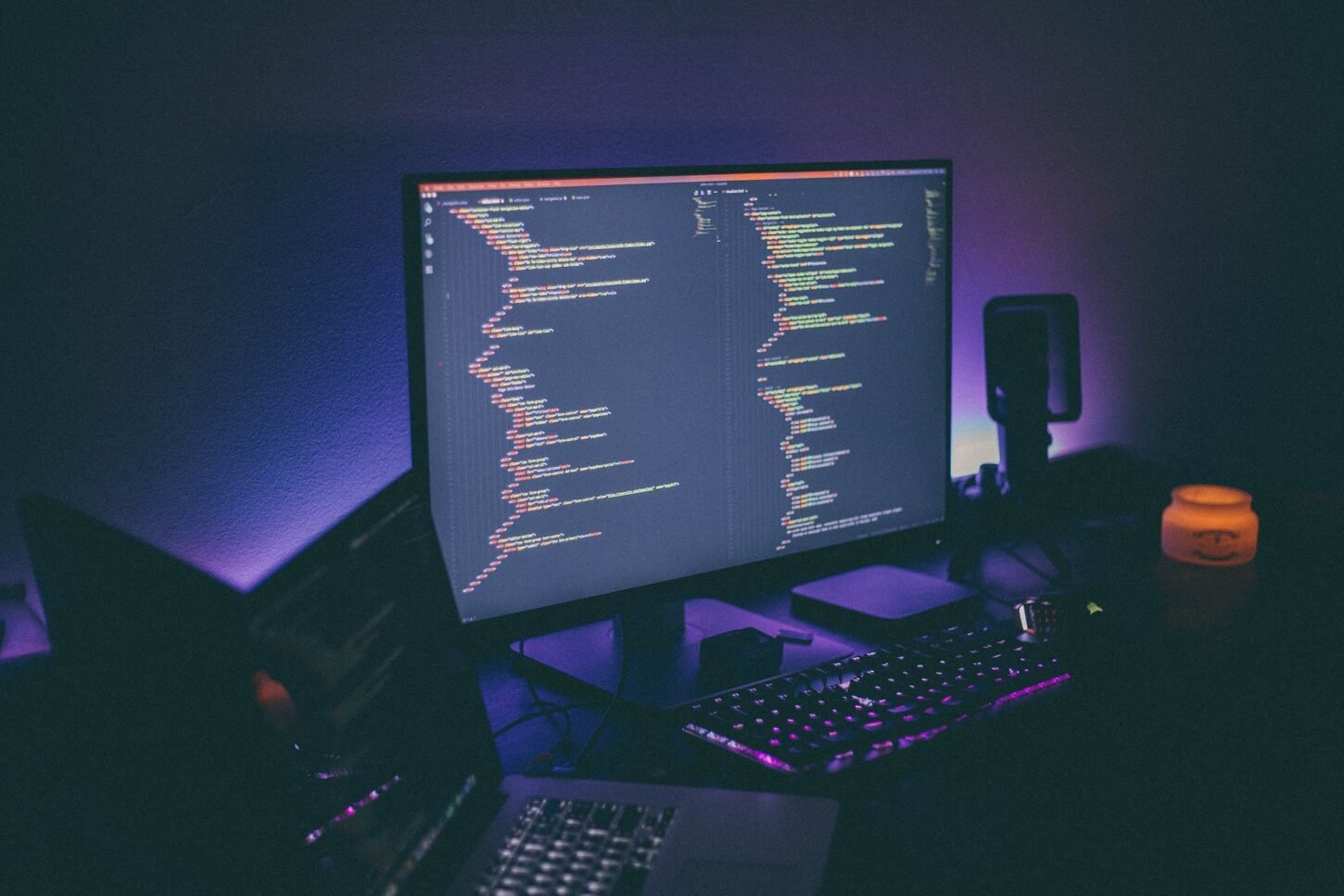The Modern Cybersecurity Challenge
In today’s digital landscape, traditional security measures such as firewalls and antivirus software no longer suffice to keep sensitive data and systems safe. As a result, companies are turning to AI-powered threat detection solutions to better protect themselves against cyber threats.
Case Study: ED&F Man Holdings
Take, for example, ED&F Man Holdings. This commodities trader experienced a security incident a few years back. An independent assessment post-incident revealed the need for improved cybersecurity processes and tools. Consequently, they sought out Cognito, Vectra’s AI-based threat detection and response platform, to bolster their security measures.
The Power of AI in Cybersecurity
Cognito uses artificial intelligence and machine learning algorithms to analyze network traffic and detect threats in real time. This AI-powered platform can identify and respond to a wide spectrum of cyber threats, including zero-day exploits, advanced persistent threats, and insider threats. What’s more, the system continuously learns from its encounters, thereby improving its ability to detect and respond to emerging threats over time.
Differentiating Threats in Real-Time
Citing another instance, a global bank recently used AI to enhance its threat detection and response capabilities following advanced cyber threats and sophisticated attacks. Deploying AI improved the bank’s threat detection and response capabilities, enabling them to identify zero-day exploits and other threats that traditional security measures might have missed.
The Evolution of Threat Detection with AI
AI can further enhance the threat hunting process by integrating behavioral analysis. By processing high volumes of endpoint data, AI models can generate profiles of every application within an organization’s network. This data can then be utilized to detect and respond to suspicious activities indicative of a potential cyber threat.
AI in Threat Hunting and Threat Intelligence
Threat intelligence is another crucial tool in AI-powered threat detection. As a dataset about attempted or successful intrusions, threat intelligence is usually collected and analyzed by automated security systems powered by machine learning and AI. Threat hunting utilizes this intelligence to conduct a comprehensive, system-wide search for bad actors – it begins where threat intelligence ends.
The Potential Pitfalls of AI-Powered Threat Detection
Yet, as beneficial as AI can be for enhancing cybersecurity measures, it isn’t without its risks. AI can occasionally produce errors and false positives, leading to wasted resources and time. Moreover, AI-powered threat detection may harbor biases and perpetuate them if not properly designed and implemented, resulting in unjust accusations, discrimination, and other negative outcomes.
The Bias and Ethical Challenges in AI Security
For a responsible and effective deployment of AI-powered threat detection, it’s important to take into account the ethical and regulatory considerations surrounding their use. This includes ensuring transparency and accountability in the technology, protecting user privacy, and avoiding the amplification of biases.
The Future of Cybersecurity: Balancing AI Benefits and Risks
AI-powered threat detection represents the future of cybersecurity. Its ability to detect and respond to emerging threats in real-time, improve threat hunting, and identify vulnerabilities makes AI an invaluable tool for businesses seeking to amplify their cybersecurity measures. Nevertheless, understanding the risks and limitations of AI-powered threat detection –
including potential biases and ethical considerations – is paramount. Companies need to strike a balance to ensure responsible and effective deployment of these advanced technologies.
